Top Things to Know Before Buying Low-Maintenance Indoor Plants
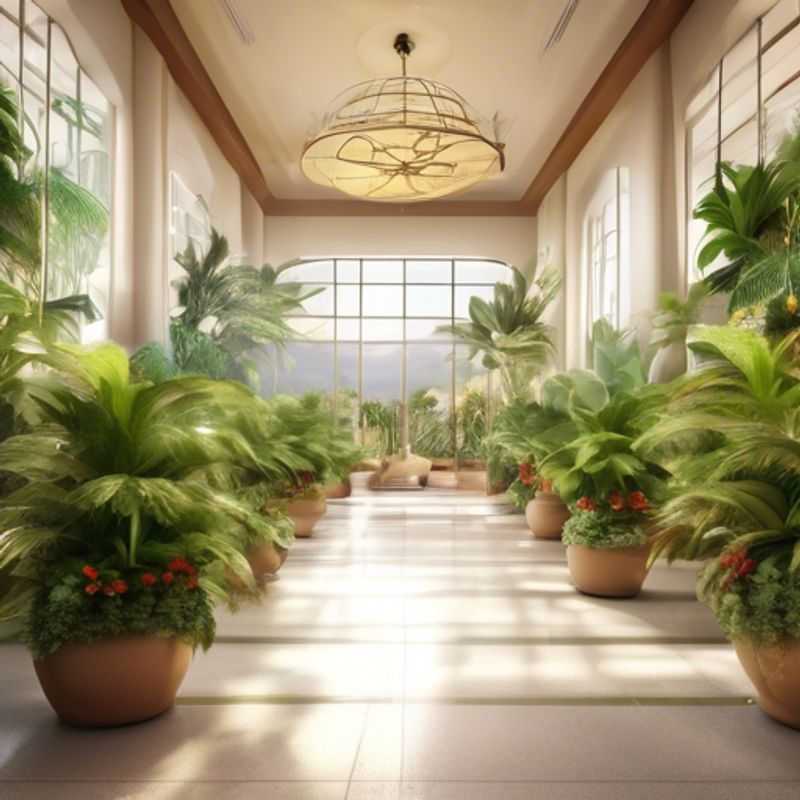
Top Things to Know Before Buying Low-Maintenance Indoor Plants: Sunlight, Size, Watering, Care Level, Drainage, Temperature & Humidity, Signs of Overwatering/Underwatering
Bringing a touch of nature indoors can be incredibly rewarding, but choosing the right plants is crucial for a successful and enjoyable experience.
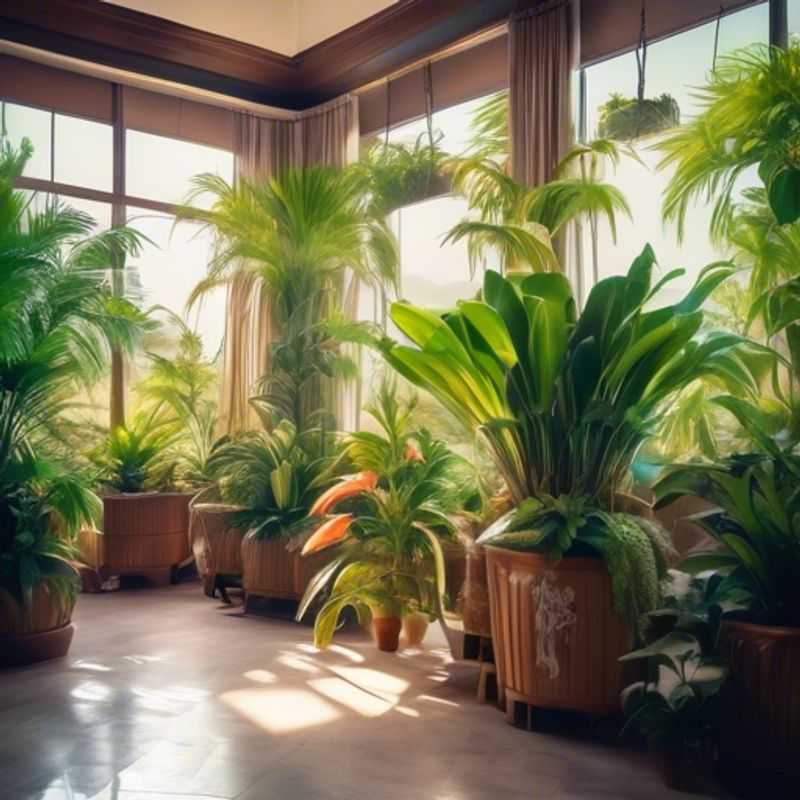
Sunlight Savvy: Matching Plants to Your Home's Lighting
It's amazing how a little sunlight can make a big difference for your houseplants, right? Figuring out how much sunlight your plants need is crucial for their health and happiness. Before bringing any new plant home, take a look at the spot you’re thinking about.
First, consider the direction of your windows. South-facing windows are the sunniest, followed by west-facing and east-facing. North-facing windows are the least sunny.
Next, think about the amount of time your chosen space gets direct sunlight each day. Direct sunlight is the most intense, while indirect sunlight is filtered through curtains or blinds. If you're unsure, you can use a light meter to measure the light levels.
Once you have a sense of your light conditions, you can start to match plants to their ideal light needs. There are plenty of resources available online that can help you identify the amount of light each plant needs.
Remember, even plants that love the sun can get sunburned if they're suddenly exposed to a lot of direct light. So, if you're bringing a new plant home, it's best to acclimate it gradually to its new environment.
Happy growing!
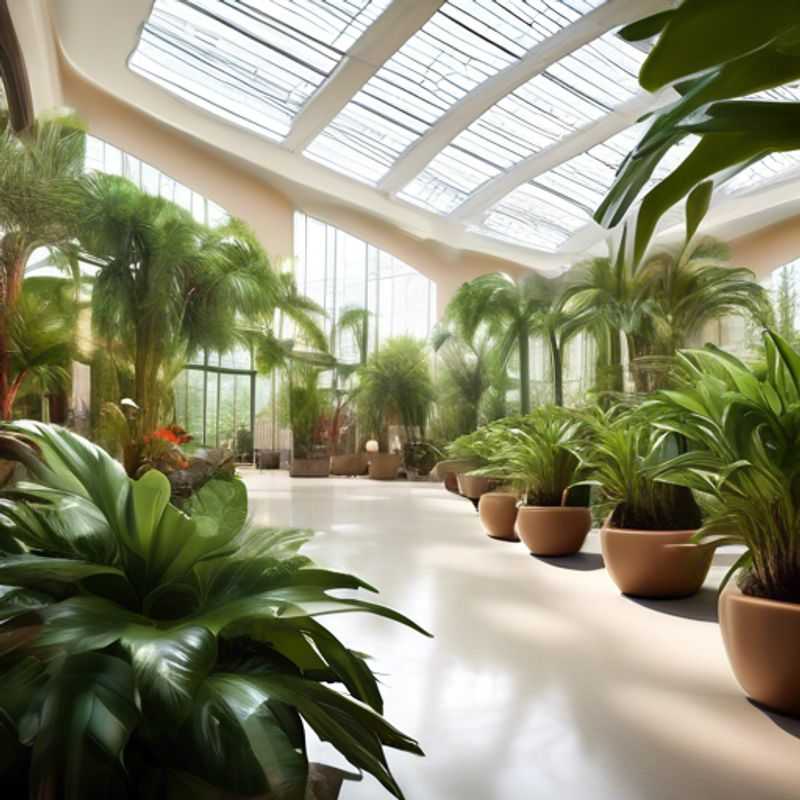
Choosing the Right Plant Size for Your Home: A Guide to Plant Placement
Before bringing a new plant home, consider the size it will eventually reach and the space available in your home. This is crucial for both the plant's well-being and your enjoyment. Overcrowding can lead to stress and health issues for the plant, while an undersized plant can get lost in a large space.
Measure the area where you plan to place the plant. This includes height, width, and depth, especially if you're planning to use a pot or container. Research the mature size of the plant you're interested in, including its height, width, and spread. Consider the plant's growth habit, whether it grows upright, trailing, or cascading, to ensure it will fit comfortably in the chosen location. You can find information on plant size and growth habits online, in gardening books, or by asking local nursery staff.
If you have limited space, opt for smaller plants or varieties that naturally stay compact. Consider growing a plant in a pot or container with a smaller diameter or using trellises and support structures to direct the plant's growth. Remember, you can always prune plants to manage their size, though it's best to choose plants that are naturally suited to the space.
By carefully considering the size of the plant and the space available in your home, you can ensure a harmonious and enjoyable experience for both you and your plant.
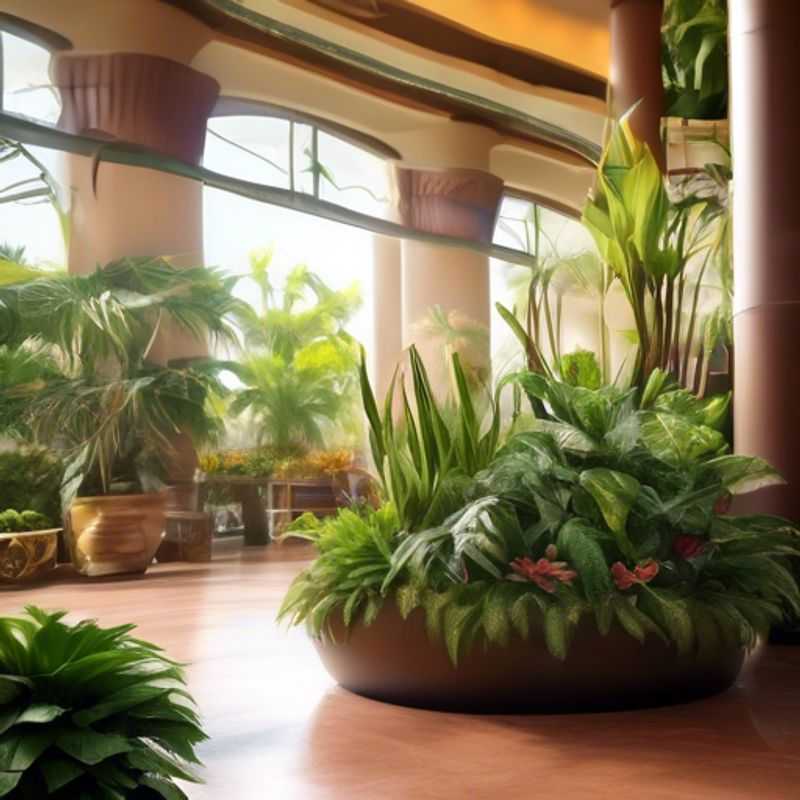
Hydrate Your Plants: Research Their Needs and Set a Watering Schedule
Plants are living organisms that need water to survive. The amount of water a plant needs depends on several factors, including the plant species, the size of the plant, the climate, and the type of soil.
To determine the watering needs of your plant, research the plant species. You can find information about the plant's watering needs online, in gardening books, or at your local nursery.
Once you know the plant's watering needs, set a consistent watering schedule. It's important to water your plants deeply and infrequently. Water the plant until the water drains from the bottom of the pot. Allow the soil to dry out slightly between waterings.
Be sure to monitor your plant's health and adjust the watering schedule as needed. If the leaves are wilting, the plant is likely not getting enough water. If the leaves are yellowing, the plant may be getting too much water.
There are no paid activities involved in researching the watering needs of a plant and setting a consistent watering schedule. This is a simple, free process that can help you keep your plants healthy.
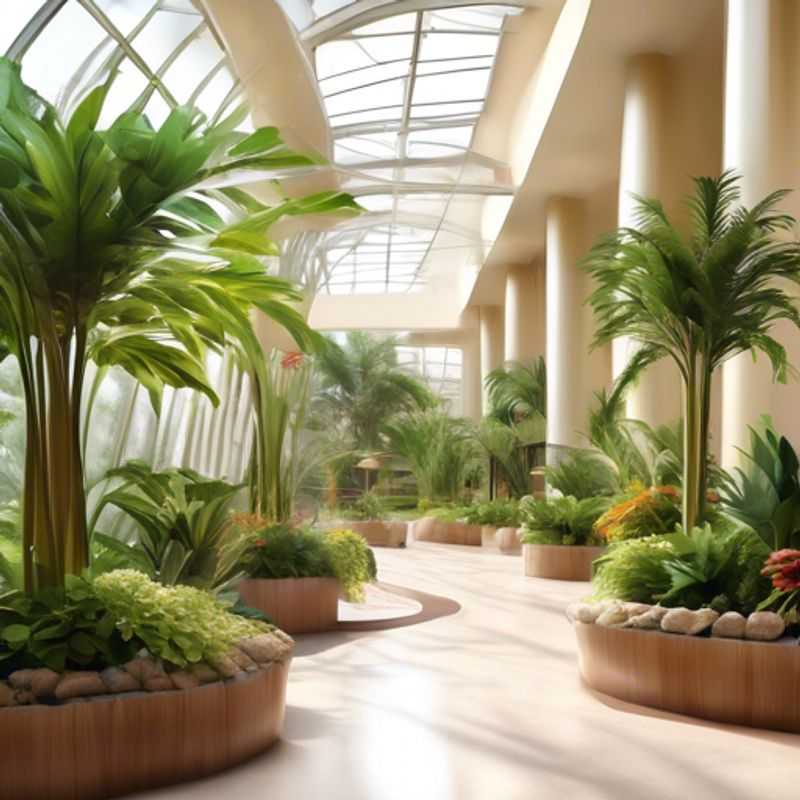
Low-Maintenance Gardening: Choose Plants That Thrive with Minimal Effort
Starting a garden? Choose low-maintenance plants that are known for their resilience and easy care. These plants require minimal watering, fertilization, and pest control, making them perfect for busy individuals or those new to gardening.
Succulents are a popular choice for their drought tolerance and interesting shapes. Cacti are another great option with their water-storing capabilities. Herbs like rosemary, thyme, and lavender thrive with minimal attention. Ornamental grasses add texture and movement to your garden and require minimal care.
Consider your climate and soil conditions when selecting plants. Research the specific needs of each plant to ensure they thrive in your environment. With a little planning and the right selection, you can have a beautiful, low-maintenance garden you can enjoy for years to come.
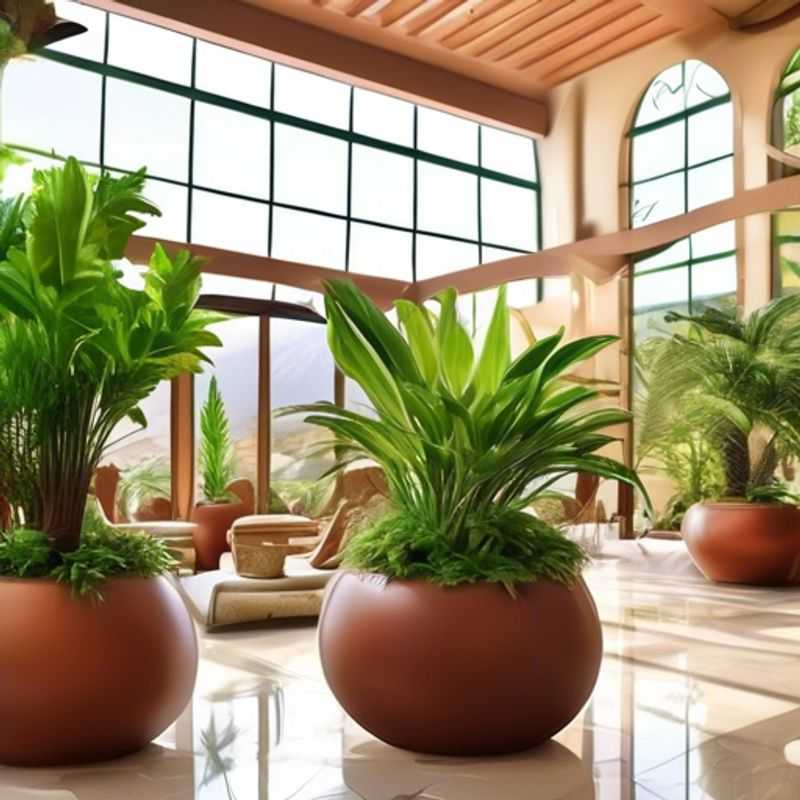
Keep Your Plants Happy: Ensuring Proper Drainage to Prevent Root Rot
Root rot is a common plant problem that can be caused by overwatering or poor drainage. To prevent root rot, it’s important to ensure that the plant's pot has proper drainage. This means that the pot should have drainage holes at the bottom to allow excess water to escape. You can also add a layer of gravel or pebbles to the bottom of the pot to improve drainage. It's also important to allow the soil to dry out slightly between waterings. This will help to prevent the roots from sitting in water, which can lead to root rot.
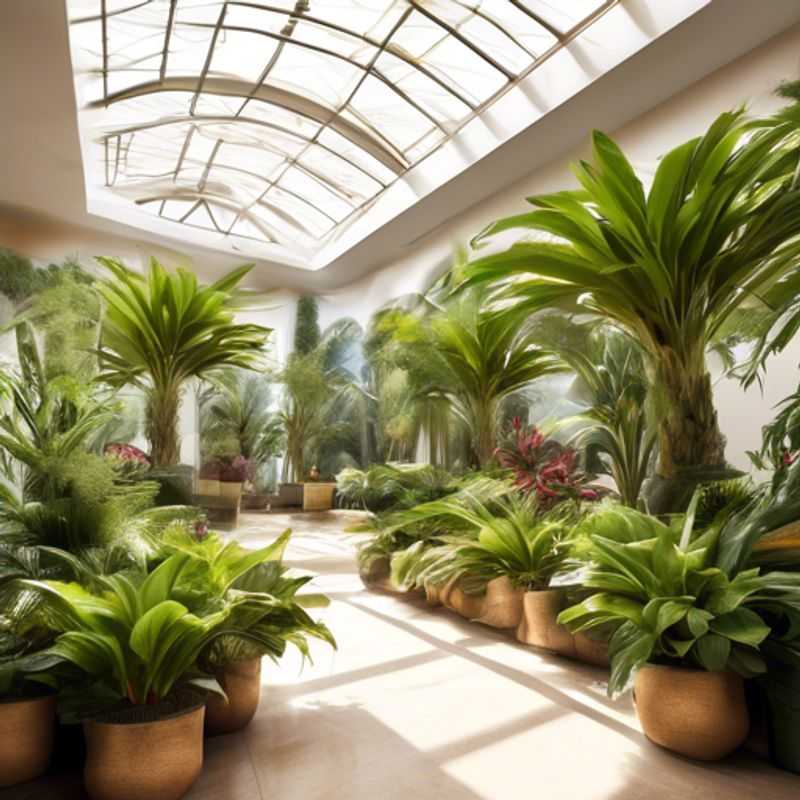
Unlocking Plant Happiness: Understanding Temperature & Humidity Needs
Understanding the ideal temperature and humidity requirements for your plants is crucial for their health and growth. Just like humans, plants thrive in specific environments. Knowing your plant’s ideal temperature and humidity levels helps you create a suitable environment for them to thrive. This information can be readily found online by searching for the specific plant species.
Temperature is a significant factor. Most houseplants prefer moderate temperatures between 65-75°F (18-24°C). Avoid placing plants near drafts or direct heat sources. Pay attention to sudden temperature fluctuations, as they can stress plants.
Humidity is equally important. Many houseplants prefer moderate to high humidity levels, typically between 40-60%. You can increase humidity by placing a humidifier near your plants, grouping plants together, or using a pebble tray filled with water. Consider using a hygrometer to monitor the humidity levels in your home.
By understanding and providing the right temperature and humidity conditions for your plants, you’ll be well on your way to nurturing healthy and vibrant greenery in your home.
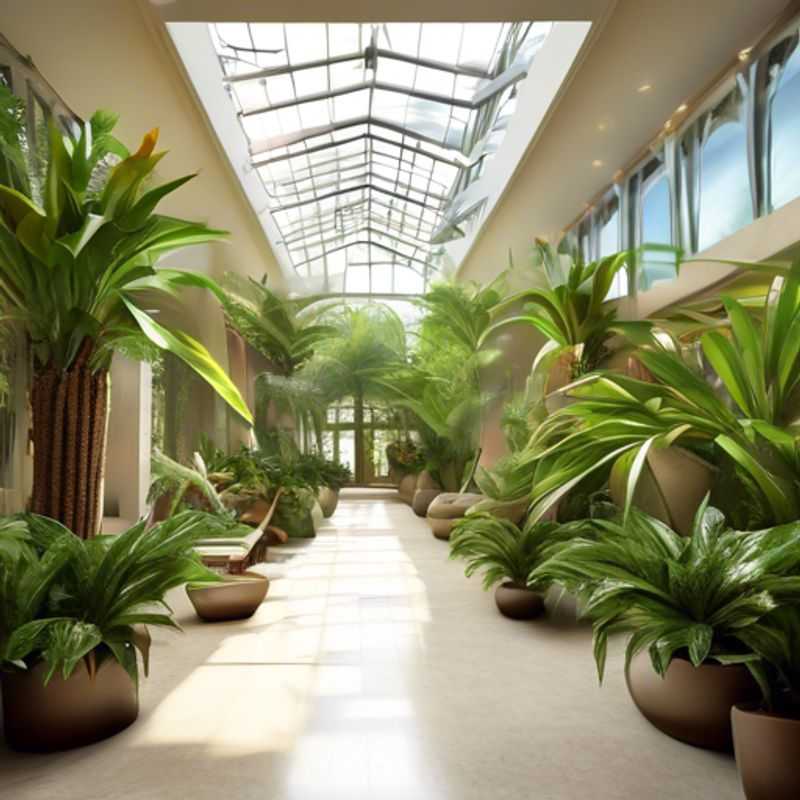
Knowing When to Water: Recognizing Overwatering and Underwatering Signs
Knowing the signs of overwatering and underwatering is crucial for keeping your plants healthy. Here's a quick guide to help you distinguish between the two:
Overwatering:
Yellowing leaves: This is often a sign of root rot caused by excessive moisture. The leaves may also droop and become limp.
Wilting: This can happen because the roots can't absorb water due to root damage. The leaves may also feel cold and soggy.
Mold or fungus growth: This is a clear indication of excess moisture in the soil and could harm your plants.
Soil that remains consistently wet: This is the most obvious sign of overwatering, and it can lead to a variety of problems for your plants.
Underwatering:
Wilting: This is the most common sign of underwatering, as the plant is not getting enough moisture. However, wilting can also be a sign of overwatering.
Dry soil: The soil will feel dry to the touch and may be crumbly.
Leaf browning and curling: Underwatering can cause leaves to brown and curl, and eventually they may drop off.
Stunted growth: The plant may not grow as well as it should due to lack of water.
Remember, the best way to prevent both overwatering and underwatering is to monitor your plants closely. Check the soil moisture regularly and adjust your watering schedule accordingly. Always use well-draining potting mix and ensure your pots have drainage holes to allow excess water to escape.
